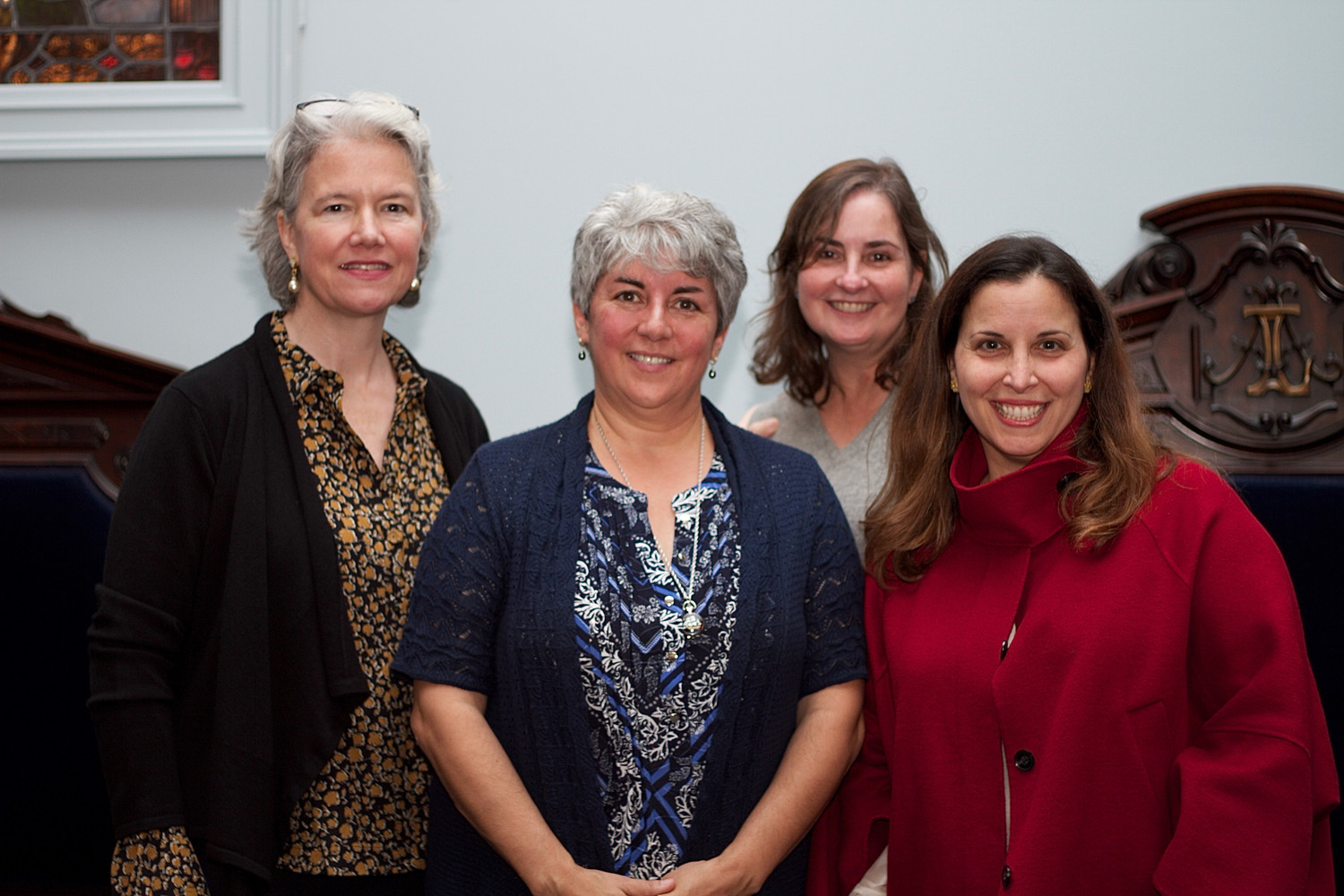Raynham Hall sheds new light on an old Townsend
Sometimes it takes longer for some people to get the attention they deserve for their accomplishments. Especially when they have a more famous kid brother. In Solomon Townsend’s case, we’re talking 240 years.
Thanks to history researcher Claire Bellerjeau, however, Townsend, a prominent member of an 18th-century Oyster Bay merchant family with Revolutionary War credentials, may be a step closer to the limelight.
Behind the push is Bellerjeau, who gave an hour-long presentation Oct. 1 on the life of Solomon Townsend (1746-1811) before a packed house at the Matinecock Lodge, next door to the Townsends’ home, Raynham Hall.
According to Bellerjeau, Solomon’s younger brother Robert — whose Revolutionary War exploits as a member of George Washington’s infamous spy ring make him the “famous son” of the Townsend household — deserves recognition, but Solomon deserves some attention, too.
“He left a powerful legacy,” Bellerjeau said. That legacy includes adventures on the high seas as a ship captain, mixing it up in Europe with Benjamin Franklin, learning the iron forging business from his cousin Peter Townsend (who made the Great Chain that stretched across the Hudson River at West Point) and, in one particularly notable episode, helping ferry the last shipload of Scottish refugees from the strife-torn British Isles.
Bellerjeau’s talk was the opening act for an exhibition that explores the exciting life of a man “who was first drawn to the sea as captain of transatlantic merchant vessels, until the Revolutionary War forced him to choose sides,” she notes.
As a businessman and civic leader of Oyster Bay and New York, Townsend had a resume that would make any mother proud. He rose quickly through the ranks to become a ship captain as a young man, developed a lucrative business in iron forging, served as a five-term member of the State Assembly in Albany and owned a large farm, whose produce he shipped in a small fleet of coastal ships that he owned.
He was friendly with Benjamin Franklin, it is said — to the extent that one of our great American statesman once greeted Townsend at the door in his underwear and let him in.
Solomon also suffered shattering business reversals, like his experiences during President Jefferson’s Embargo of 1808-09, when his fortunes tanked along with the entire shipping industry in the young United States.
In fact when Solomon died, succumbing to a cerebral hemorrhage in the Statehouse in 1811, at age 64, the banks were after him for debts and delinquencies. His wife, Ann, had to sell off all the family property, including Raynham Hall, to pay them.
To his last day, however, Townsend was a man of estimable position and consideration — he had just been offered the prestigious position as warden of the Port of New York. And he evidently instilled in his children high standards of personal accomplishment. It wasn’t long after he died that his second son managed to right the family fortunes and buy back Raynham Hall.
“Solomon was a leader during his times,” Bellerjeau concluded. “He is also the only Townsend of that generation to produce heirs. And his role in the last Scottish Migration of 1775 has never been told before, and is probably the reason I began researching him in the first place.”
The exhibition on the life and times of Solomon Townsend is currently on view at Raynham Hall Museum, 20 W. Main St. in Oyster Bay.






